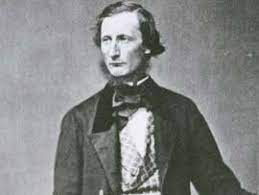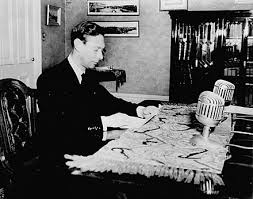
The forging of global communications took place in the latter half of the nineteenth century. An undersea cable was used in 1866 by a young American engineer named Cyrus Field to build a communication link between the Old and New Worlds. A fascinating and current case study in technological history is the spread of radios throughout the British Empire.
A new means of communication was now available to the Great Powers, strengthening their ties and, more significantly, bringing them closer to their colonies and other holdings. Submarine cables would rule the communications industry for nearly 50 years and bind the continents together. An era when ties between the world and Great Britain were extraordinarily strong was shaped by this technology. Here are some examples of technological developments produced during the British Empire.

Demand for radio services, which in turn was impacted by technological change processes, resulted from the demand for radio items. As a systemic telecommunications technology, radio’s adoption was “path-dependent,” meaning that it was heavily influenced by capital inputs and the benefits of network externalities. The most significant modern mass media of the 20th century, accessible to both literate and illiterate people, was radio broadcasting technologies. However, little is known about how they spread in underdeveloped countries.
The British conquest of indigenous communities resulted in territorial units in the British Empire that included a variety of ethnic and linguistic groupings, complicating decisions about broadcasting. In the end, pluralistic systems developed to serve markets divided by age, ethnicity, religion, and language. Monopoly rights had to be granted to increase incentives to spend on infrastructure and programming due to the high cost of radio technologies at the time. Colonial cultural variety may have hindered market-driven technology advancement.
 t
t
Local radio stations were not established in most colonies. With low earnings in most colonies, startup and ongoing expenditures were substantial, and colonial states with other priorities for infrastructure projects could not shoulder these responsibilities. During this time, radio infrastructures were developed in wealthier colonies because they had a more extensive tax base and could collect license and subscriber income to finance the ongoing broadcasting costs. At the same time, several of these colonies granted franchises to commercial stations and some closely followed imperial broadcasting policy by creating state or public service networks. British media conglomerates had already set up wired and wireless business networks in Bermuda, Guyana, Malta, and Trinidad by the 1940s. These international media companies preferred wired technologies.
As a result, the British greatly influenced their colonies using radio, and their policies dictated how colonies and dominions paved their way toward technological growth. Therefore, the advanced colonies were those that realized and utilized the value of radio and media in general.
